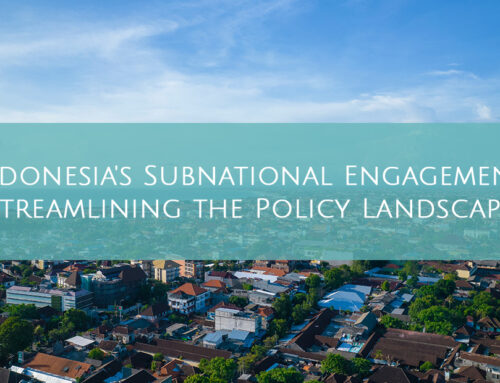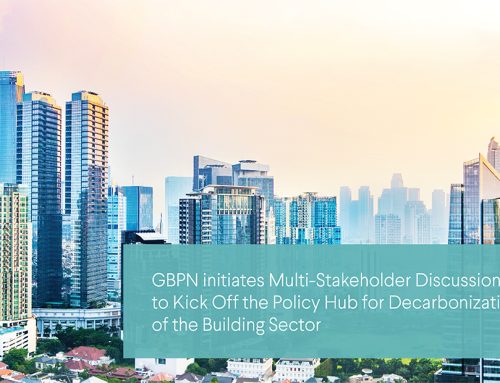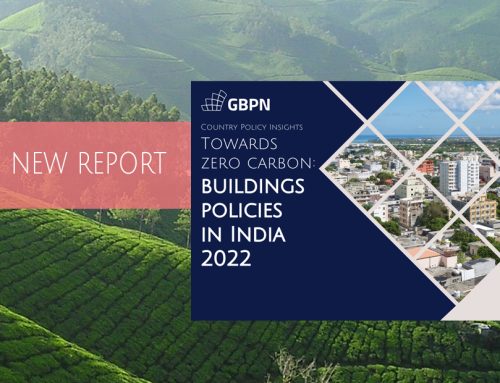Thoughts for 2015: URGENCY & AMBITION
Before turning to 2015, a word or two about urgency and ambition. If we are to play a role in capping global warming to no more than 2 degrees, then we need to keep focussed not only on energy efficiency but on the magnitude of reductions in total energy demand required to be delivered by the building sector in the coming decades.
Building-related CO2 emissions are likely to rise by 50%-150% by 2050, driven by increasing urbanization, the basic energy service needs of the millions who currently lack access, and affluence of people in emerging economies. Between 1990 and 2010 indirect GHG emissions from residential buildings rose by 40% and from commercial buildings by 50% (IPCC, 2014).
According to the IEA meeting a 2 degree C target requires a doubling the annual rate of energy-efficiency in major economies from about 1.3% improvement per year to 2.6%. However, because building energy use is a major contributor to GHG emissions, most projected new emissions will be associated with additional building energy demand, and our existing building stock is so inefficient, achieving such economy-wide results requires even more ambitious results from the building sector.
As we reported in the UNEP Closing the Gap Report (2013), to be on a 2degC track the building sector needs to reduce energy demand by 25% by 2020 and by 50% by 2030. Deep path strategies such as net zero new buildings and more and deeper renovation need to be mainstreamed. Simply improving the energy efficiency of buildings will therefore not be sufficient – building must help us consume less energy overall. We must use far LESS energy MORE efficiently.
So we not only need efficiency targets for buildings, but also energy conservation targets. China for example is now moving in this direction with its Building Energy Performance Standards, while France intends to flip the energy balance and mandate positive energy buildings by 2020. Perhaps most encouraging is that achieving the magnitude of reductions in energy demand required to cap global warming at 2degC does not have to rely solely on policy or technological progress. Changes in people’s behaviour informed by awareness of energy and climate issues can reduce energy demand by up to 20% in the short term and by 50% by 2050 (IPCC, 2014).
So, while we work to change policy and improve technology, the responsibility for ensuring we keep global warming to 2 degreesC rests with us personally – change that is within our power to instigate and that we can begin implementing today.
Share This Story, Choose Your Platform!
Stay in touch with how we’re transforming the buildings sector
GBPN runs innovative building policy reform programs in key regions around the world that aim to tackle the climate emergency by decarbonising the buildings sector. Stay up to date with our newsletter.
Stay in touch with how we’re transforming the buildings sector
GBPN runs innovative building policy reform programs in key regions around the world that aim to tackle the climate emergency by decarbonising the buildings sector. Stay up to date with our newsletter.






